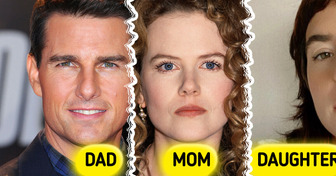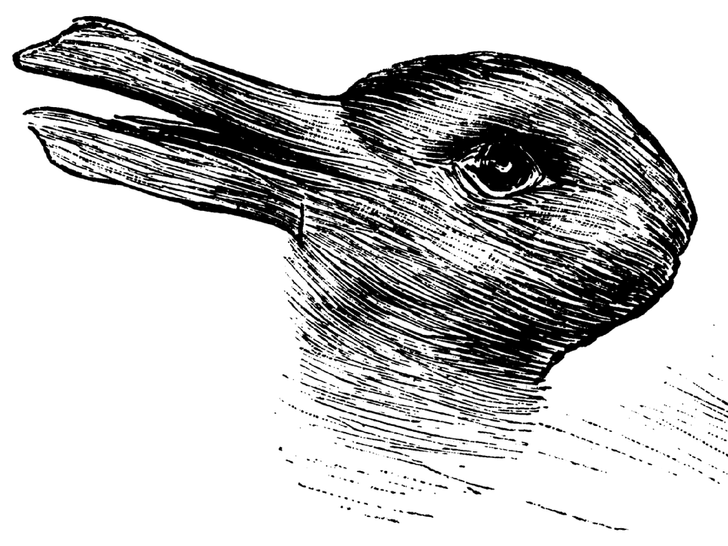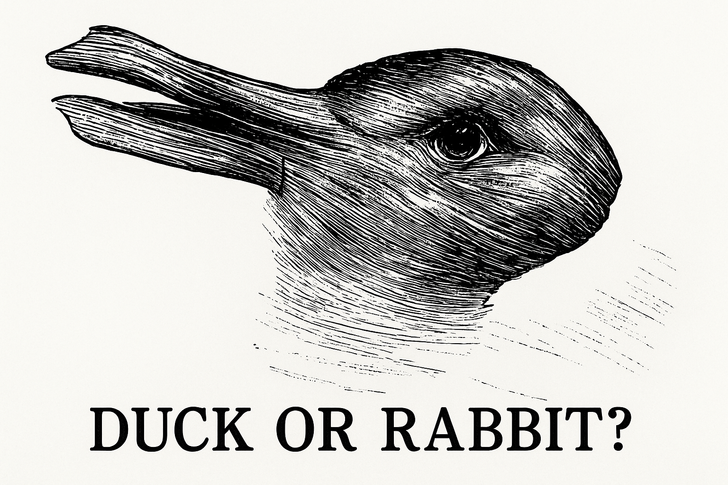Duck
Your Brain’s Reaction to This Picture May Reveal How You Think and Feel
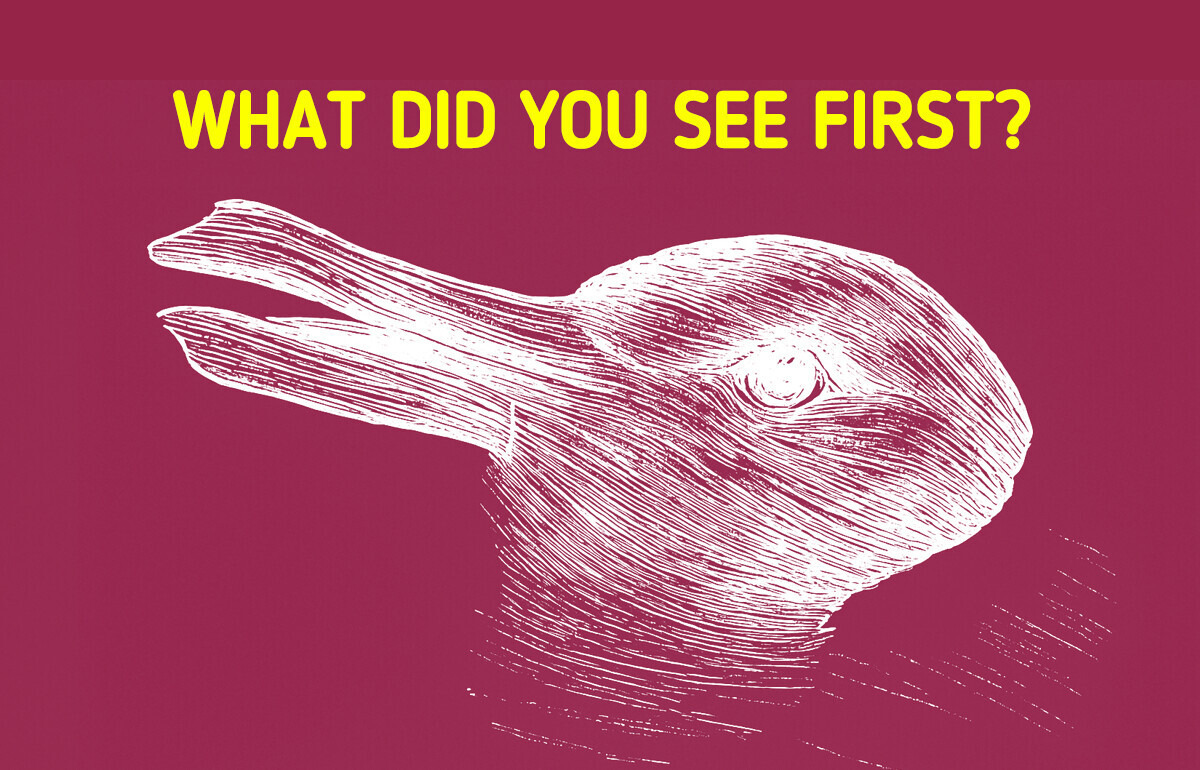
Try it yourself: what do you see?
Take a good look at the image before reading on. What jumps out at you?
Some people spot a duck right away. Others see a rabbit. With a little effort, you might notice both.
According to psychologists, this simple visual trick reveals more than you think. It shows how easily your brain can shift gears and see things from different angles.
Why the animal you see first matters?
According to a study published in the British Journal of Psychology, people who can quickly switch between seeing the duck and the rabbit in the image tend to perform better on tasks requiring cognitive flexibility—the ability to adapt one’s thinking or perspective. This mental agility is often linked to divergent thinking, a key component of creative problem-solving.
So, if you were able to flip between the two animals with ease, it might reflect a brain that’s quick to adapt and skilled at seeing things from multiple angles.
Duck first: logical, detail-focused, and grounded
If the duck was the first thing you noticed, you might be someone who:
- Thinks in a logical, structured way
- Pays attention to details and prefers step-by-step processes
- Is more comfortable with clarity and routine
- Reads or processes visuals left to right, making the duck more “natural” to spot first in certain cultures
- Prefers concrete facts over abstract interpretations.
Rabbit first: creative, intuitive, and abstract
If the rabbit caught your eye first, your mind may naturally gravitate toward imaginative and holistic thinking. You might be someone who:
- Focuses on the big picture and enjoys exploring new ideas
- Feels at ease with ambiguity and open-ended situations
- Leans toward right-brained thinking, often associated with creativity and intuition
- Tends to spot the less obvious or unexpected interpretation
- Enjoys working with abstract concepts and symbolic meaning.
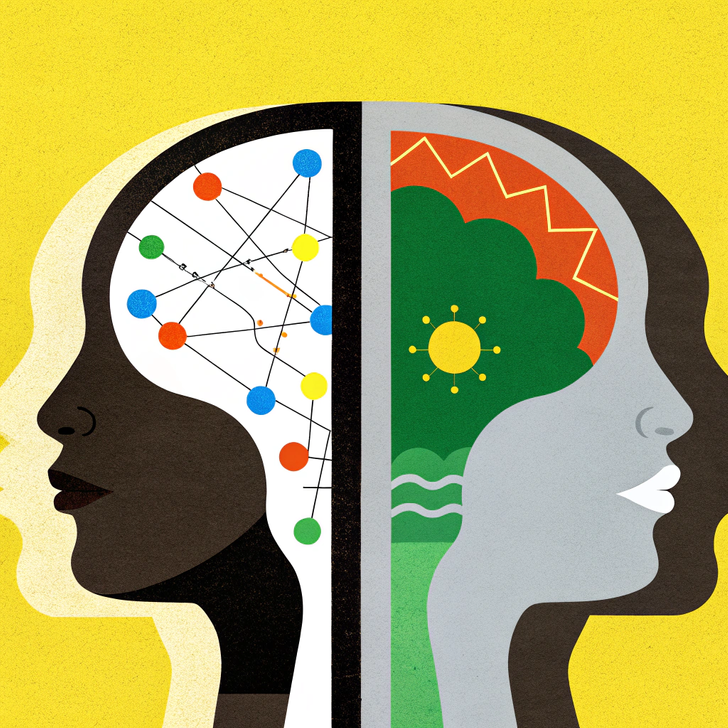
But remember—it’s not about which animal is better. What really matters is whether you can see both and how easily you can switch.
How does it work?
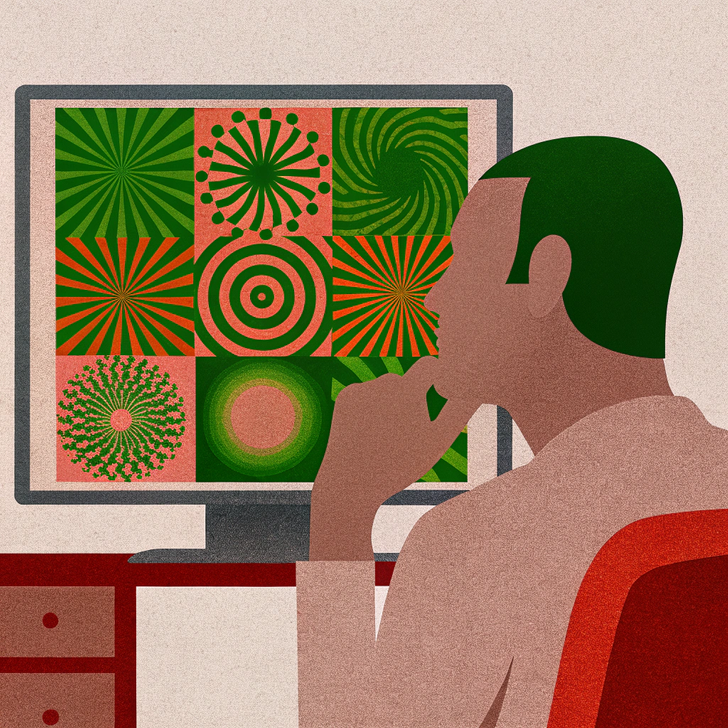
Our brain is constantly working to make sense of the world. It takes in signals from our surroundings and tries to build the clearest, most stable picture of reality.
With tricky images like the duck-rabbit illusion, the brain wants to settle on just one interpretation to reduce confusion. So at one moment, you might see a duck—and the next, a rabbit. It switches based on what the brain decides is more stable at that time.
These kinds of optical illusions reveal something important: we often trust our perception completely, assuming others see things the same way. But that’s not always true.
In fact, our brain is always making quick, automatic guesses about what’s out there—shaping what we see, how we think, and how we understand the world, without us even realizing it.
Is this a real personality test?
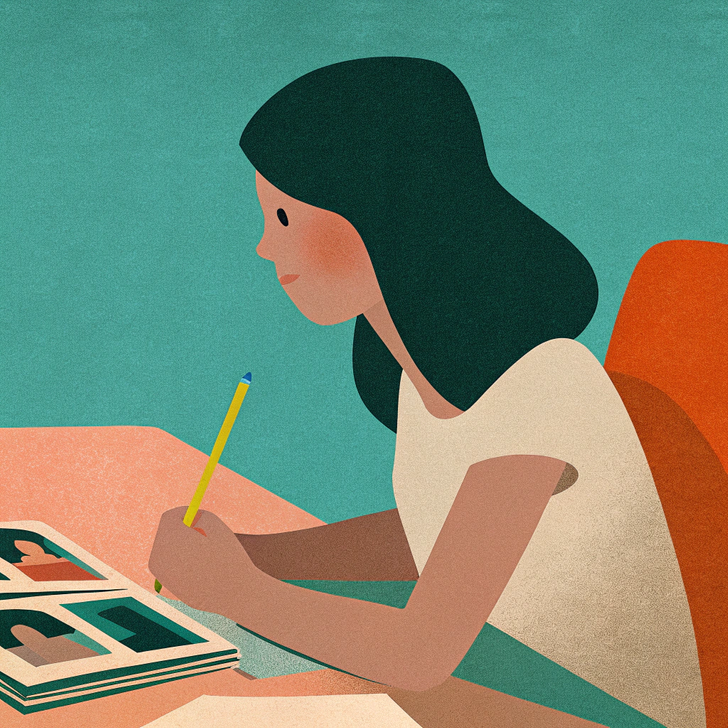
Not exactly. While fun and revealing, the Duck—Rabbit illusion isn’t a clinical diagnostic tool. Still, it’s used in philosophy and psychology classrooms to spark conversations about how we interpret the world.
The famous philosopher Ludwig Wittgenstein used this very image to illustrate how our perception isn’t just about what we see—it’s about how we see it. In other words, our brains aren’t cameras. They’re storytellers.
The way you see the world isn’t always the way others do — and that’s okay. Your brain is constantly guessing, filtering, and filling in the blanks. Want to dig deeper into how your mind works? Find out if you have personal boundaries issues by taking this optical illusion test, or just choose a color and reveal your true mental age.
Comments
Related Reads
“The Most Beautiful Girl” Is All Grown Up Now — but Her New Look Sparks Heated Controversy
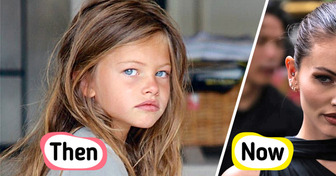
12 Rude Questions You’re Probably Still Asking
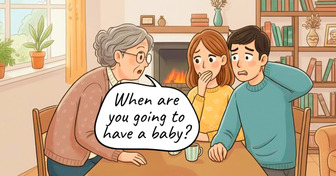
15 People with Unique Body Traits That Caught Us Off Guard
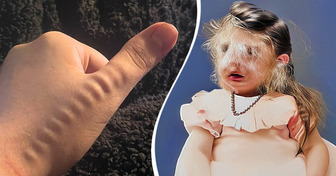
18 People Who Got a Service They Truly Never Expected

15 Times People Discovered Truly Bizarre Things and Had to Share
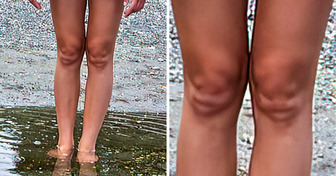
“Thank You for Every Woman Above 40!” Gwyneth Paltrow’s Unfiltered Face Creates Massive Reaction
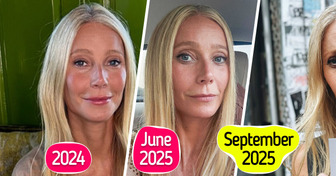
I Created a Special Label for My Daughter-in-law After She Publicly Insulted Me
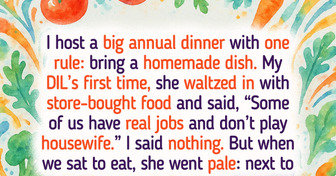
“Looks Like She Had Her Implants Removed,” Scarlett Johansson Debuts Her New Figure
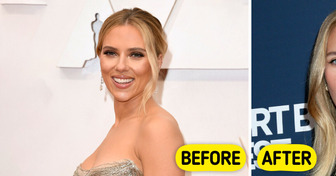
10 Celebrities Whose IQs Are Astonishing — Some Might Even Beat Einstein
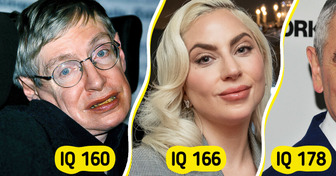
14 Times Stars Messed Up Royally and Became Instantly Relatable
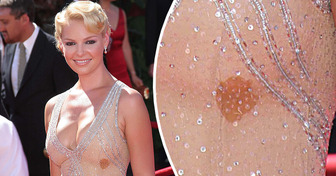
10+ Wardrobe Choices You Don’t Realize Are Ruining Your Look
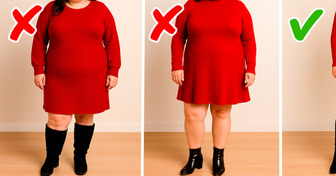
17 Сelebrity Сhildren Whose Looks Are Just as Striking as Their Star Parents
